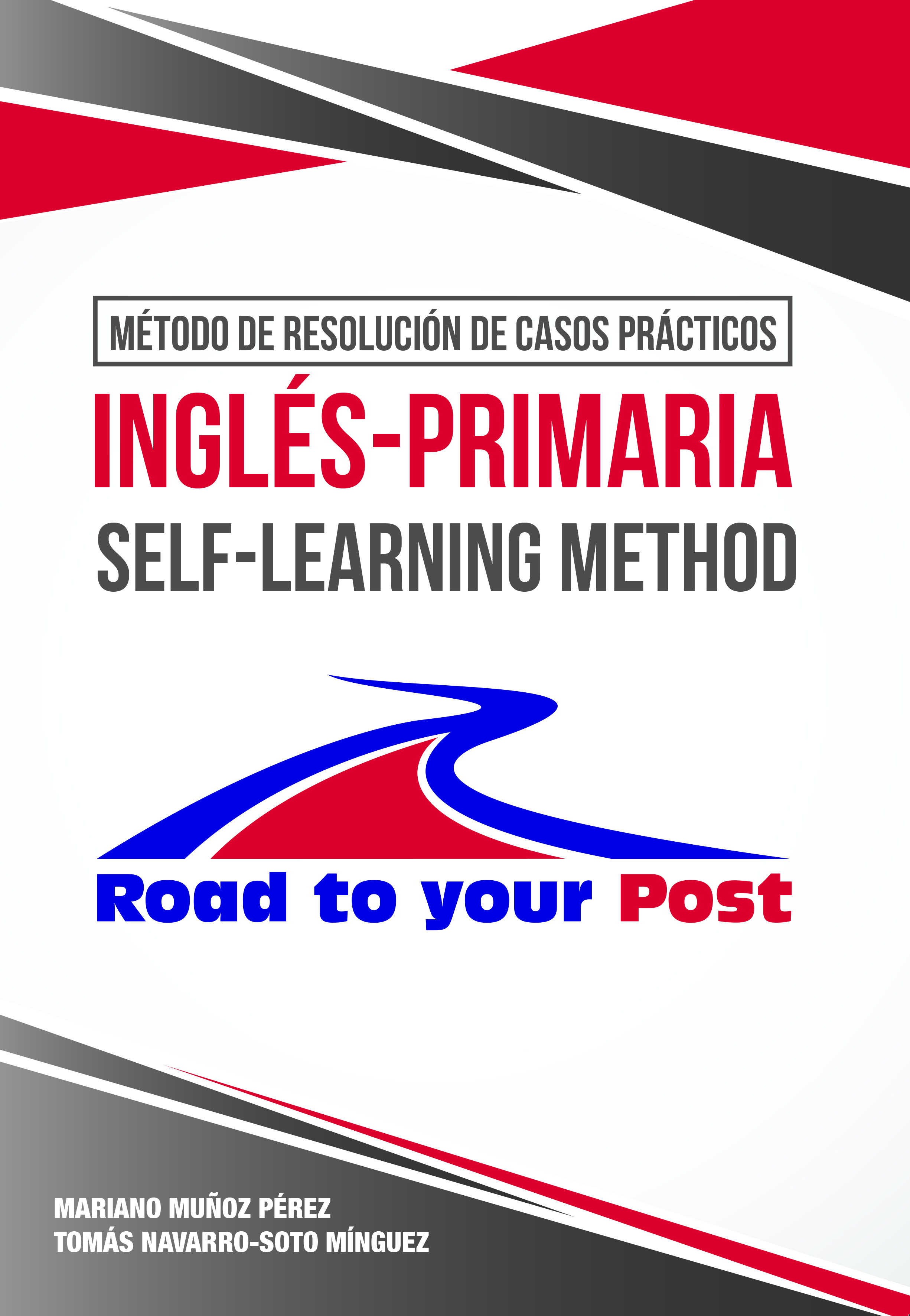Moana. The power of songs, music and lyrics in the FL class.
Moana. Using songs, music and lyrics in the FL class.
Source: https://www.youtube.com/watch?v=eLfz9ScpVc0
To start with, a creative teacher of language must have a keen ear for sound, a knowledge of the mechanism used in making correct sounds and musical texts. Thus, we as FL teachers may use music to promote learning results, to teach content across the curriculum to students of all ages. In this sense, there are almost countless methods and ways of using songs and music for language learning and teaching.
Generating initial motivation and maintaining a positive attitude. At early stages of FLL, children are especially receptive to the fun component and the surprise element. In this sense, introducing lessons through familiar and contextualised learning scenarios is indispensable to engage them and attract their interest. Therefore, as we shall subsequently illustrate, the use of games, stories, songs and playful interactions is at the heart of motivating teaching practice in FLT. Notwithstanding, there is an intrinsic value in the teaching of FLs which can be associated to the learners´ interest.
Dörnyei (2001) suggests a simple framework to arouse students´ expectancy of success:
Provide sufficient preparation. The perceived likelihood of success does not depend only on how difficult the task is, but also on how well the learners are prepared for the task. Pre-task activities have become standard features in modern language teaching methodologies, and these tasks increase success potential.
Offer assistance. If the students know that they can count on the teacher´s ongoing guidance and help while they are engaged in a learning activity, this knowledge will naturally increase their expectation of success.
Peer´s help. One reason why cooperative, small group tasks are particularly motivating is that students know that they also have their peers working towards the same goals.
Make the success criteria as clear as possible. Students can only expect to be successful with confidence if it is quite clear what `success’ means in the particular context. The criteria for success need to be obvious to them from the beginning of learning if they are to know which elements of their performance and production are essential.
Provide motivational feedback to increase the learners´ satisfaction. The use of caring and supportive language, together with a friendly attitude on the part of the teacher, are crucial factors that influence the learners´ motivation. These strategies include the consideration of error as a natural an indispensable factor that must be accepted as intrinsic to the learners´ construct of the foreign language. As experienced FL teachers would acknowledge, there is no point in trying to engage students in a real communicative situation, if we stop the exchange of meaning at every error they commit.
Nevertheless, maintaining interest requires an adequate level of challenge. In this regard, we must consider a balance of linguistic and cognitive challenge, building up activities not too easy, nor too difficult. At this point, the concept of Zone of Proximal Development (ZPD), based on Vygotsky, is especially helpful to design activities which bridge the gap between what children are able to carry
out without any help or support and what is simply out of reach for them and, consequently, cannot be attempted.
The initial idea of getting learners to value the FL as a useful instrument of communication,..

“Explain the way in which you intend to develop your learners´ phonological competence in an integrated didactic unit.” (Example of a curricular connection more integrated in a methodological proposal based on the use of The Beatles to improve pronunciation and develop phonological competence.)
The FL objectives (FLO) this unit specially contributes to are: FLO 1, related to listening comprehension; FLO 2, concerned with oral expression and interaction; FLO 5, dealing with the use of knowledge and learning technologies; and finally, FLO 9, directly aimed at the identification and practice of phonetic aspects, like stress, rhythm an intonation.
The development of phonological competence is mainly covered in content blocks number 1 and 2, comprehension of oral texts and production of oral texts respectively. In more practical terms, in block one students shall be challenged to understand lyrics in a song; participate in the songs´ related work; as well as sociocultural and sociolinguistic aspects.
In addition to an adequate curricular connection, the PCS should give evidence of updated methodological knowledge to be taken to practice with children. The following example refers to a PCS question related to Content and Language Integrated learning (CLIL).
“The last trend regarding the links between content and FL is that of content and language integrated learning (CLIL) which according to Coyle and Marsh (2011) is a dual-focused educational approach in which an additional language is used for learning and teaching of both content and language”.
There are some common methodological principles to all CLIL interpretations which are not just specific of this approach; rather they are embedded in positive educational practice. Some of these principles are the following:
Creating a positive learning environment by fostering students´ confidence through achievable yet challenging activities. Similarly, CLIL requires a free-anxious atmosphere, providing them with the opportunities to experiment with the FL and content, understanding that error is an unavoidable element of learning.
Promotion of active learning and co-operative work.
Scaffolding to providing individualised support according to the learners´ ZPD (Zone of proximal development) to facilitate their ability to build on existing knowledge and thus internalise new information.
Enhancement of authentic learning, presenting language and content in meaningful contexts”.
Foreign Language classroom applications, tools and webs -Connecting education & technology-.
It is widely acknowledged that these tools make big effects of different teaching styles while it inspires your classroom. In this light, we may consider traditional approaches vs. recent tendencies. Communicative competence view as social practice which leads to active learning strategies (tasks, projects, problem solving, challenges…), as opposed to traditional methodologies.
In:
FL PROGRAMMING MODEL
- Engage children in “hidden-practice” of the FL by challenging them to listen or read something the teacher has uploaded. Some examples may be listening to a song while reading the lyrics to get familiar with the language, as the next day´s challenge consists of writing alternative lyrics; reading the rules of the next day´s playground English games; or listening to a YouTube story video to come up with the values and emotions they identify to report back to their mates the next session.
https://shop.oposicionesingles.com/
More information about us:
facebook.com/OposicionesInglesRP/
Twitter: @OposIngles
https://twitter.com/OposIngles
Instagram: https://www.instagram.com/oposiciones_ingles




